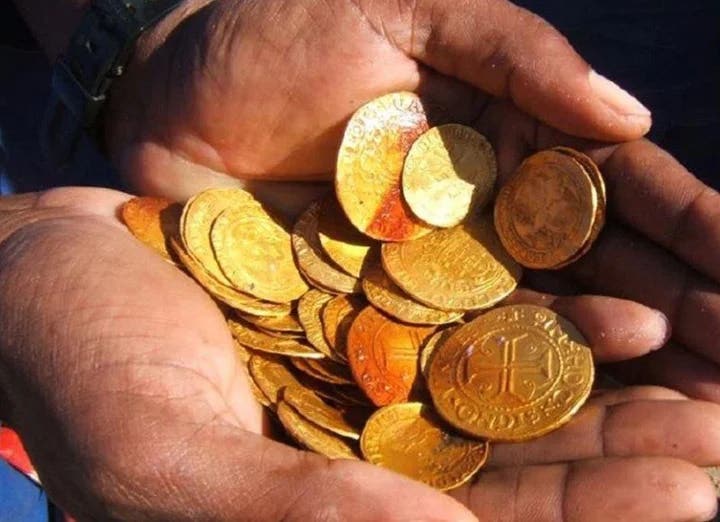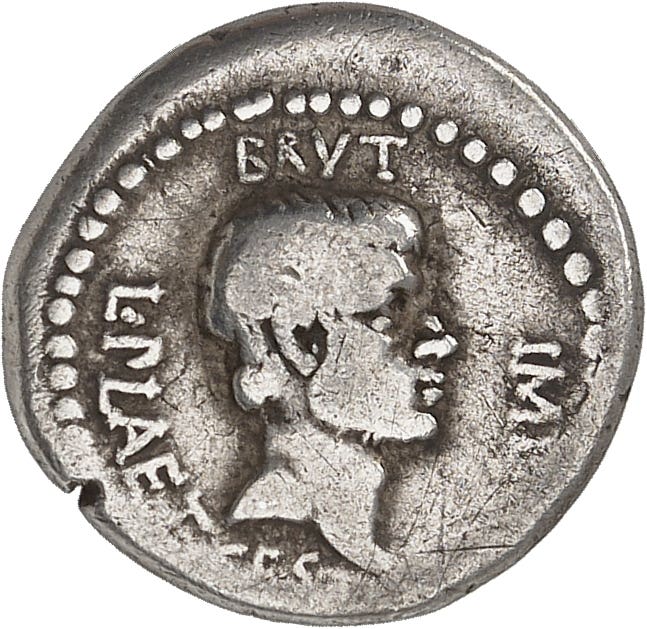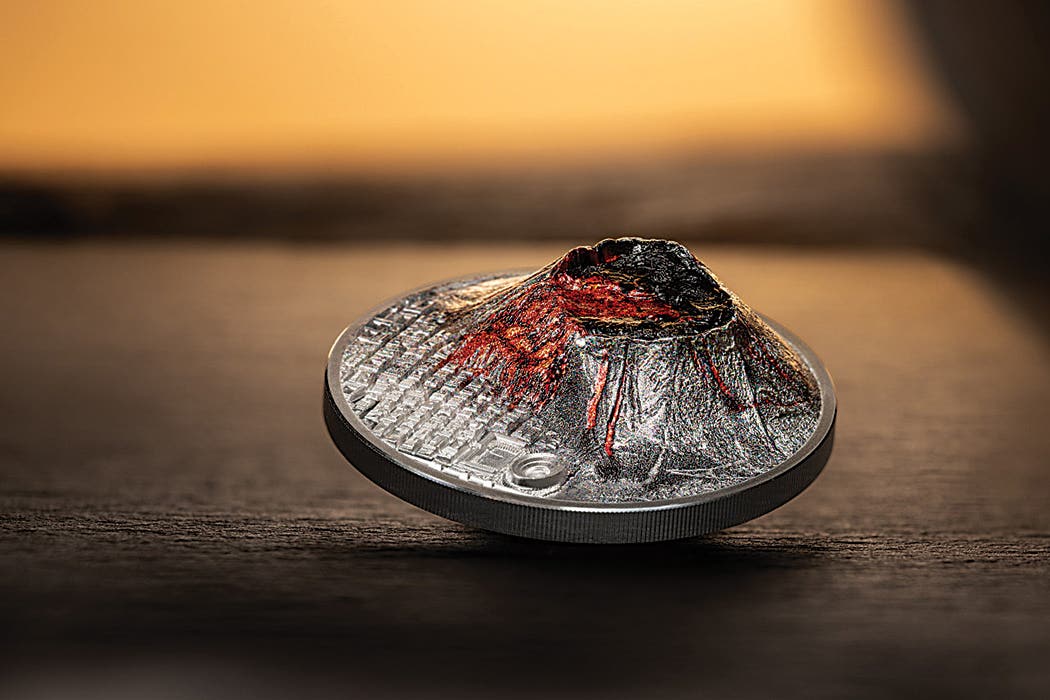Buried Treasure: The Le Câtillon II Hoard and the Mystery of Jersey’s Celtic Riches
Hidden for more than two millennia, the Le Câtillon II hoard is the largest Celtic coin trove ever discovered. But was it a royal treasury, a temple offering, or a desperate act of survival? Ongoing research is rewriting the story of Jersey’s ancient past.
It could be said that metal detectorists, Reg Mead and Richard Miles were explicitly looking for the Le Câtillon II hoard—or at least, they strongly suspected that something significant was buried in the area based on local lore of Jersey’s Grouville parish, one of twelve parishes of Jersey in the Channel Islands of the English Channel.
More than 10 years ago, after a 30-year search, Reg Mead and Richard Miles uncovered one of the largest Celtic hoards ever found. Their search began after they heard about a farmer who had discovered silver coins while plowing his field in the 1950s but had not investigated further. Intrigued, they spent over 30 years searching the area with metal detectors, believing a more significant hoard could still be buried underground.
Local legends about the coins—featuring human heads on the obverse and stylized horses on the reverse—surfacing in southeastern Jersey first captured Reg Mead’s interest in the 1980s. Over the next thirty years, he and Richard Miles methodically searched the fields—working around the potato harvests—until, in early 2012, they found a single Celtic coin. It was the first tangible proof that the rumors held weight. Using a metal detector initially designed to locate downed World War II aircraft, they soon uncovered one of the largest Celtic hoards ever discovered. It’s safe to say that while they didn't know precisely what they would find, they systematically searched for a specific treasure based on the local account of the farmer’s find, rather than hunting randomly for just any significant find.
Named for the site at which it was found, the Le Câtillon was excavated from a tightly packed clump of earth spanning 11 square feet. Reg Mead and Richard Miles uncovered 70,000 silver coins, 11 gold torques, an assortment of glass and bone beads jewelry, and other artifacts in that relatively small space. Since the find, archaeologists and historians have pondered the one unanswered question: Why was such a monumental cache of valuable items buried in what researchers contend was such an isolated location, far away from the known Celtic settlements and trade routes of the period?
The predominant theory was that the location in modern day southeast Jersey was isolated and had been chosen for its obscure setting. Although it was once considered a remote and irrelevant settlement, Jersey’s historical significance is now being reevaluated. Surveys using advanced geophysical techniques like magnetometry, have detected linear anomalies resembling late Iron Age settlements previously discovered in northern France, suggesting that Jersey was more integrated into the dynamics of the region than previously believed. Dr. Phil de Jersey, an expert in Celtic coinage, said, “Jersey was presumably seen as a safe refuge, or at least a slightly safer refuge than trying to hide all these valuables on mainland Armorica" (the ancient region of northwestern France between the Seine and the Loire).
New research published in Wreckwatch magazine is reshaping the understanding of the Le Câtillon hoard, challenging the long-held assumptions about its origins and purpose. Scholars now believe the vast trove belonged to the Coriosolitae, a Celtic tribe from present day northeastern Brittany. As the Gallic Wars raged in the mid-1st century BCE, the Coriosolites found themselves on the losing side of history, part of a desperate alliance resisting Rome’s relentless expansion. With their autonomy crumbling, the hoard may have been hurriedly transported to Jersey—a last-ditch effort to safeguard their wealth as Julius Caesar's Roman war machine closed in.
The Le Câtillon II hoard stands out as one of Europe’s most remarkable discoveries. Containing nearly 70,000 coins, it represents the largest known single deposit of Armorican currency discovered thus far. According to Dr. Phil de Jersey, the vast majority—over 94 percent—originate from the Coriosolitae tribe. The remaining coins come from more than 20 different Celtic groups, including the Osismii of central Brittany and the Durotriges of southern England, perhaps indicating a healthy trade relationship between communities.
In addition to the approximately 70,000 silver coins, 13 gold torques, and glass and bone beads, the Le Câtillon II hoard contained a variety of other artifacts including 23 gold staters, silver ingots, gold sheet and fine silver wire, silver and bronze jewelry, and a late Bronze Age projectile point dated to 950-800 BCE.
The discovery of the Le Câtillon II hoard continues to spark debate. Researchers speculate whether the site may have functioned as a hidden royal mint, or if the treasure stockpile was a temple offering, or a desperate attempt to safeguard tribal wealth from invading forces. Ongoing research and future excavations may provide more clarity, but one thing is certain—this was no ordinary burial of riches. Dr. Sean Kingsley, editor-in-chief of Wreckwatch, suggests that the site itself may have held deep spiritual significance, with the power of the ancestors playing a crucial role in why the hoard was brought to Jersey in the first place.
Currently, the Le Câtillon hoard area is a legally protected grade one archaeological site, with excavations strictly prohibited. However, understanding what—if anything—once stood there could be key to unraveling the mystery of why the hoard was buried and never recovered. Archaeologist Hervé Duval-Gatignol notes that similar hoards were often deposited in Celtic temples, giving credence to the premise that this site once held sacred significance. If the area was considered hallowed ground, fear of divine retribution may have deterred looters, ensuring the treasure remained undisturbed for centuries. As research continues, plans are in place to conduct a new geophysical survey using ground-penetrating radar to explore the adjacent fields and the field that concealed the hoard for over two millennia.
For now, the hoard remains housed in La Hougue Bie Museum. If you want to explore this historic discovery further, Wreckwatch magazine offers a special issue, supported by the Highlands College Foundation. Additionally, a documentary on the hoard’s significance is streaming on Wreckwatch TV on YouTube.
You may also like:
Kele Johnson is the Editor of Kovels Antique Trader magazine and the Digital Content Editor of Active Interest Media's Collectibles Group. Her captivation with collectibles began at a young age while dusting her mother’s McCoy pottery collection. She admits to a fondness for mid-century ceramics, uranium glass, and ancient coin hoards. Kele has a degree in archaeology and has been researching, writing, and editing in the collectibles field for many years. Reach her at kelejohnson@aimmedia.com.






